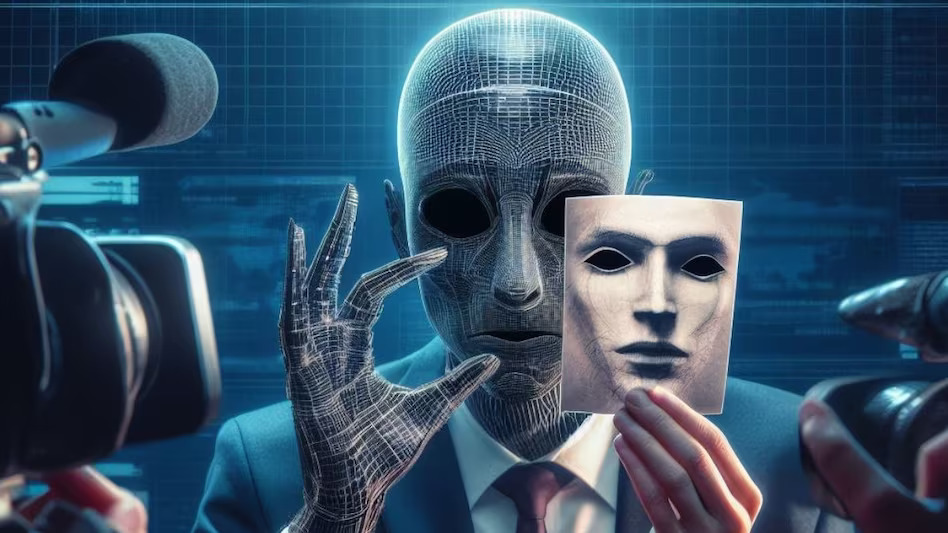Deepfakes and misinformation poses a significant threat to society. The rapid advancement of artificial intelligence (AI) has brought about a plethora of benefits, revolutionising industries and transforming our daily lives.
However, the same technology that has empowered us has also opened up avenues for misuse. In response to these concerns, the Indian government is contemplating introducing new legislation to address the growing prevalence of deepfakes and misinformation.
Table of Contents
Understanding Deepfakes and Misinformation
Deepfakes are synthetic media created using AI techniques to manipulate images, videos, or audio recordings. They can be used to make it appear as if someone is saying or doing something they never did, potentially causing reputational damage, inciting violence, or undermining democratic processes.

Image source: Business Today
Misinformation, on the other hand, refers to false or inaccurate information that is spread intentionally or unintentionally. It can be disseminated through various channels, including social media, online news platforms, and even word-of-mouth.
The proliferation of deepfakes and misinformation poses a grave threat to society, eroding trust in institutions, fueling societal divisions, and hindering informed decision-making.
Proposed Legislation: Scope and Challenges
The proposed legislation is expected to provide a comprehensive framework for addressing deep fakes and misinformation. It may include provisions for:
- Defining deepfakes and misinformation: Establishing clear legal definitions for these terms is crucial for identifying and prosecuting offenders.
- Regulating the creation and distribution of deep fakes: Imposing restrictions on the creation and distribution of deep fakes, particularly those with the intent to harm or mislead.

Image source: IndiaMART
- Enhancing user awareness and promoting responsible online behaviour: Educating the public about the risks of deepfakes and misinformation, encouraging critical thinking and verification of online content.
- Establishing mechanisms for takedown and redress: Providing clear procedures for removing harmful deepfakes and misinformation from online platforms and offering avenues for individuals to seek redress for reputational damage.
However, the implementation of this legislation will face several challenges:
- Technological complexity: Deepfake technology is constantly evolving, making it difficult to keep pace with legislative measures.
- Balance between freedom of expression and regulation: Striking a delicate balance between protecting public safety and safeguarding freedom of expression is essential.
- International cooperation: Deepfakes and misinformation transcend national borders, necessitating international cooperation to address these issues effectively.
The Need for a Balanced Approach
While addressing deepfakes and misinformation is paramount, it is crucial to adopt a balanced approach that does not stifle innovation or infringe on fundamental rights.
- Encouraging responsible AI development: Promoting ethical guidelines and responsible AI development practices to prevent the misuse of AI for malicious purposes.
- Supporting research and development: Investing in research and development to enhance the detection and mitigation of deepfakes and misinformation.
- Empowering digital literacy: Enhancing digital literacy among citizens to enable them to discern credible information from false or misleading content.
The potential introduction of legislation to combat deep fakes and misinformation is a significant step towards safeguarding the integrity of the digital landscape. By adopting a comprehensive and balanced approach, the government can protect citizens from the harmful effects of these technologies while fostering a responsible and innovative digital environment.



